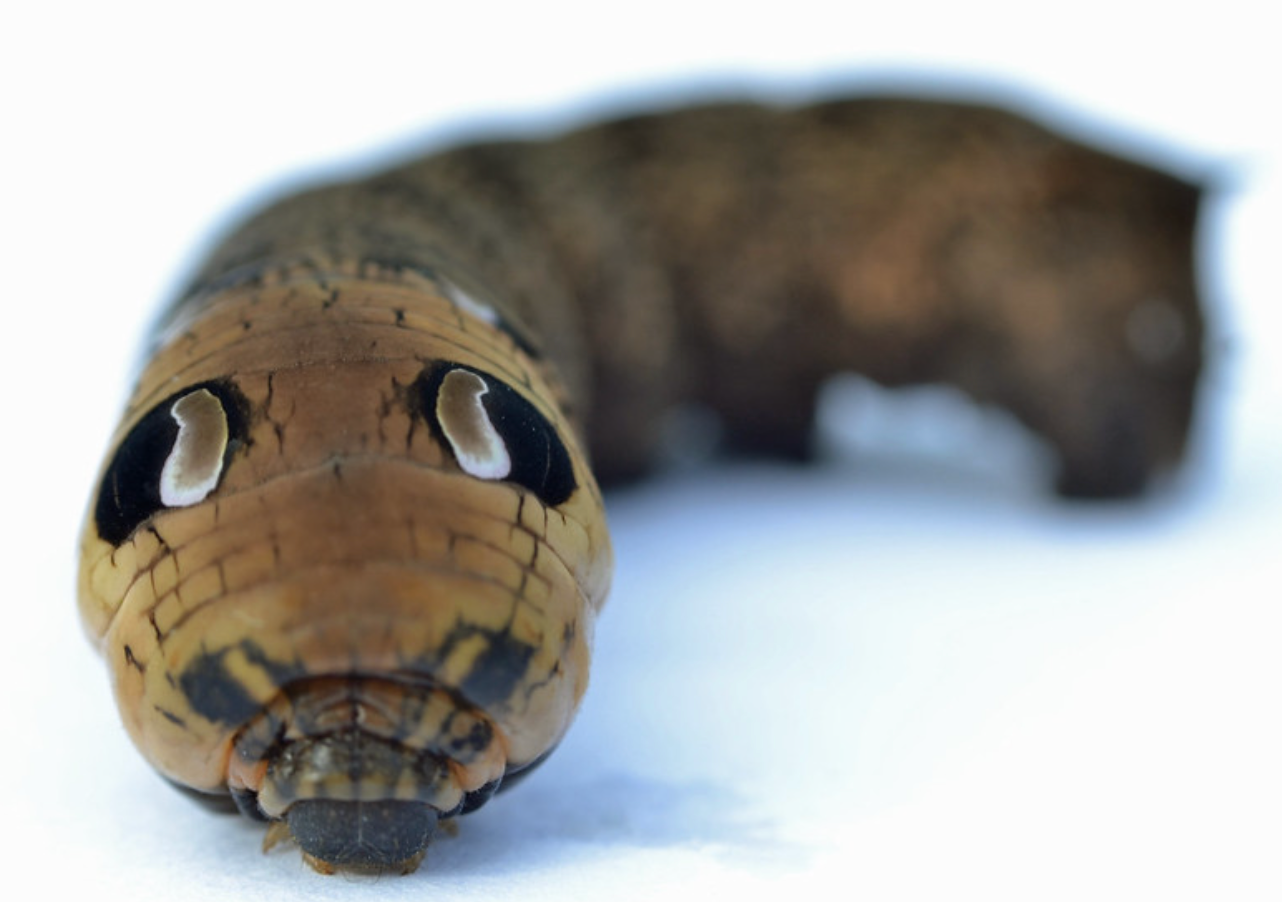Woman Discovers Strange Snake like Creature you Won’t Believe What it Really Is
In the serene surroundings of Santa Fe, Argentina, 46-year-old Lujan Eroles stumbled upon a captivating sight in her garden that left her in awe.
What initially appeared to be a snake slithering among the foliage turned out to be a remarkable example of nature’s ingenuity – a 10-centimeter-long creature masquerading as a serpent.

Eroles’ unexpected discovery sent shockwaves through her community, igniting curiosity and discussions about the mysterious visitor.
Recalling the moment of her startling find, Eroles recounted how she was initially taken aback and let out a scream.
The creature’s snake-like appearance and peculiar eyes drew attention, prompting neighbors to gather and witness the unusual spectacle.
Describing her astonishment, Eroles told National Geographic, “I have never seen anything like it. It was just like a snake and its eyes were so strange.”
“I looked down and I encountered the strange animal, fear struck me knowing that it could have been poisonous,” she added.
“We all thought it was a mutant animal, which is why we filmed it and put it online for people to give us their opinions.”
The fear of encountering a potentially venomous creature heightened the intensity of the moment, leading Eroles to realize that this was no ordinary discovery.
Seeking answers and eager to share her extraordinary encounter, Eroles uploaded a video of the peculiar caterpillar on the internet.
The footage quickly captured the attention of online communities, sparking discussions and speculations about the creature’s identity and origins.
Eventually identified as a caterpillar belonging to a rare species of moth native to Central America, the creature, resembling an Elephant Hawk-Moth Caterpillar, boasted a remarkable defense mechanism – mimicking the appearance of a snake to deter predators.
Adorned with two large “eye markings” behind its head, the caterpillar effectively tricks predators into perceiving it as a larger and more formidable threat.
Lacking conventional defensive weapons, the snake-like caterpillar relies on mimicry as a survival strategy. By imitating the appearance of a snake, a creature often associated with danger and venom, it dissuades predators from considering it prey. This evolutionary adaptation underscores the ingenious ways in which species have evolved to safeguard themselves in their natural habitats.

Lujan Eroles’ chance encounter with the snake-like caterpillar not only fascinated her and her community but also offers a glimpse into the captivating biodiversity of the natural world. The unique mimicry displayed by this caterpillar provides insight into the intricate and adaptive strategies employed by organisms for their survival.
